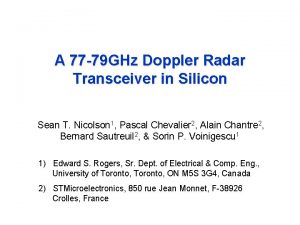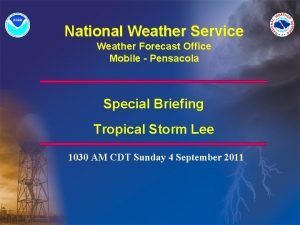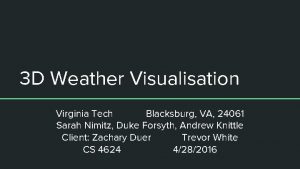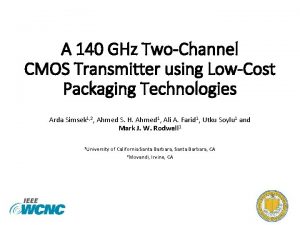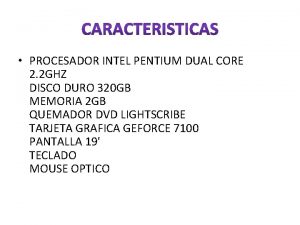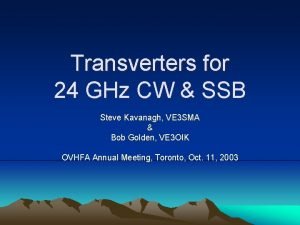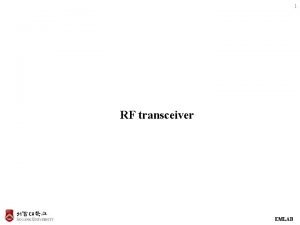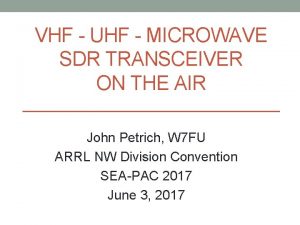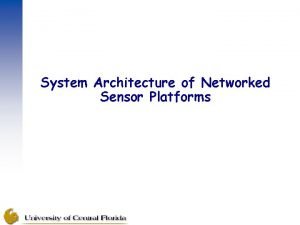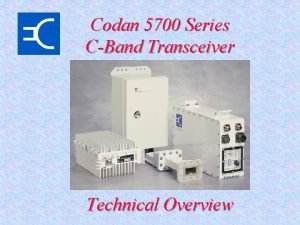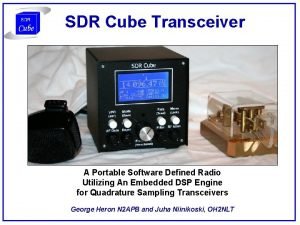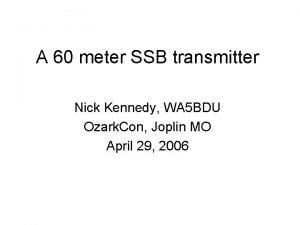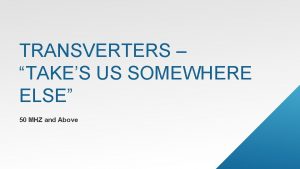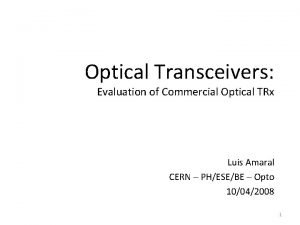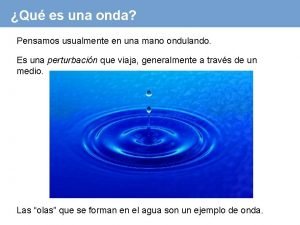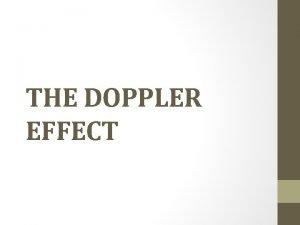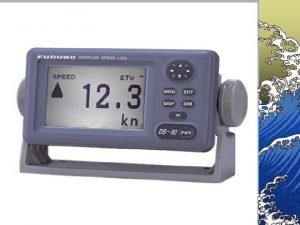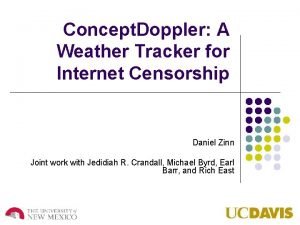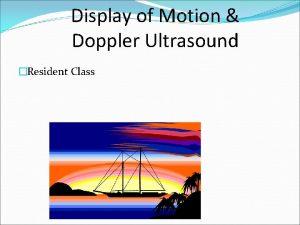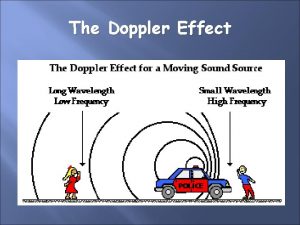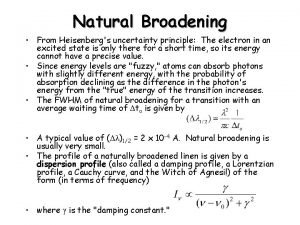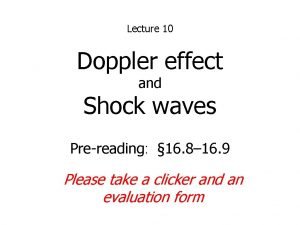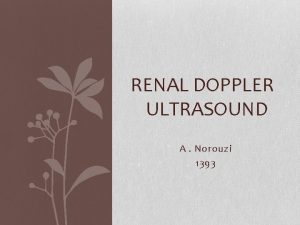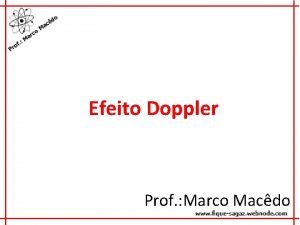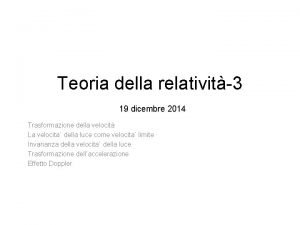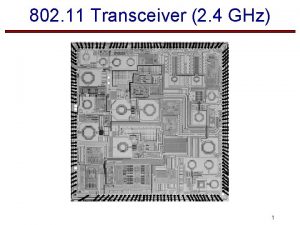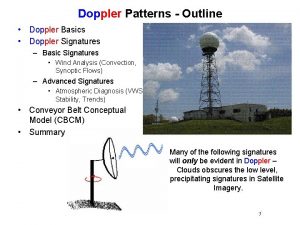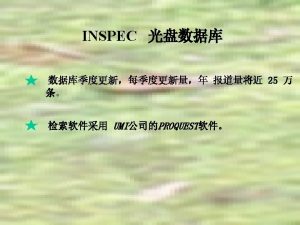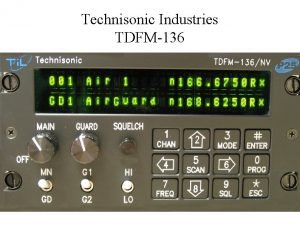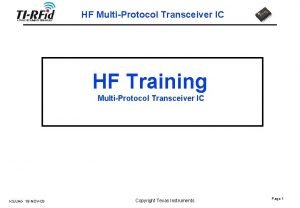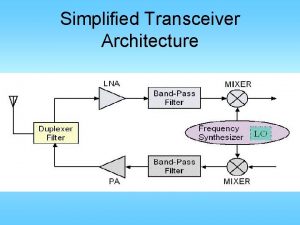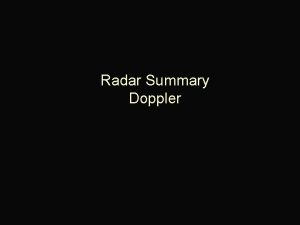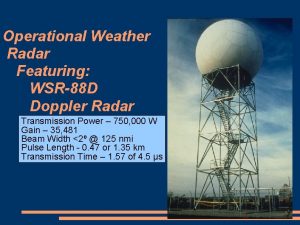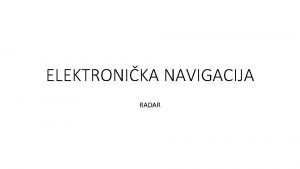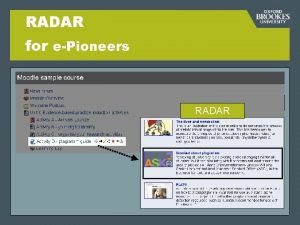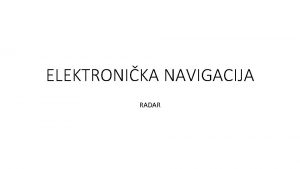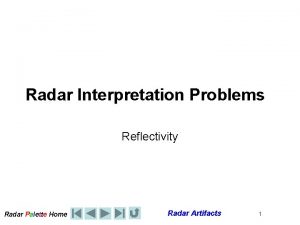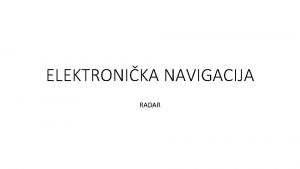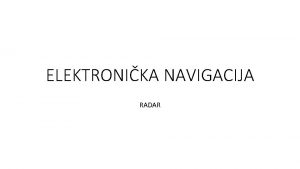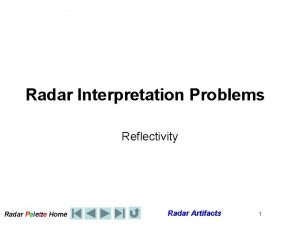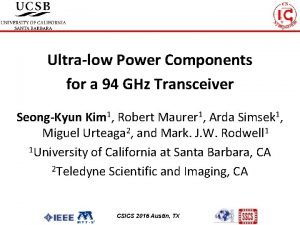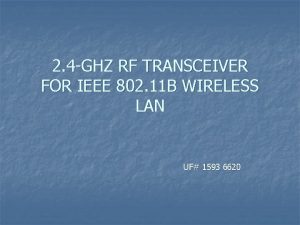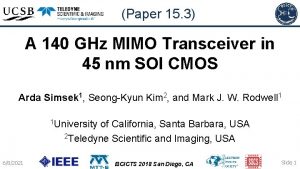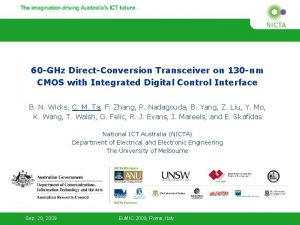A 77 79 GHz Doppler Radar Transceiver in




























- Slides: 28

A 77 -79 GHz Doppler Radar Transceiver in Silicon Sean T. Nicolson 1, Pascal Chevalier 2, Alain Chantre 2, Bernard Sautreuil 2, & Sorin P. Voinigescu 1 1) Edward S. Rogers, Sr. Dept. of Electrical & Comp. Eng. , University of Toronto, ON M 5 S 3 G 4, Canada 2) STMicroelectronics, 850 rue Jean Monnet, F-38926 Crolles, France © Sean©Nicolson, BCTM 2006 Sean Nicolson, 2007

Outline • Motivation and applications of Doppler radar • Transceiver architecture and implementation challenges • Circuit design and layout (top level & circuits blocks) • Fabrication technology and measurement results • Detection of the Doppler shift © Sean Nicolson, BCTM 2006 © Sean©Nicolson, BCTM 2006 Sean Nicolson, 2007

Doppler Radar Review • Track range and velocity of a target without transmitted amplitude info Doppler shift carrier (f ) C hostile channel transceiver round trip delay (t) Target range: Target velocity: © Sean©Nicolson, BCTM 2006 Sean Nicolson, 2007 f. C ± Df moving target (v) reflected signal

Automotive Radar Applications • Automotive applications of Doppler radar < 1 part/billion sensitivity 150 -200 m Dv < 1 km/h c = 3× 108 v = 1 km/h f. C = 77 GHz • Transceiver requirements: – Long range, high PTX (not CMOS) – On-chip DSP (need CMOS) – low cost, single chip (many per car) – Low area, low power (phased arrays) • Si. Ge Bi. CMOS, direct conversion © Sean©Nicolson, BCTM 2006 Sean Nicolson, 2007 Df = 70 Hz

Implementation of the Transceiver • • Single die for receiver and transmitter Tuned clock tree used to distribute VCO signal Frequency division at 77 GHz using a static divider © Sean BCTM 2006 ©Nicolson, Sean 2007 All circuit blocks use < Nicolson, 2. 5 V supply (except divider

Implementation of the Transceiver VCO supply Complete power and bias isolation LNA supply Digital supply • • Single die for receiver and transmitter Tuned clock tree used to distribute VCO signal Frequency division at 77 GHz using a static divider © Sean BCTM 2006 ©Nicolson, Sean 2007 All circuit blocks use < Nicolson, 2. 5 V supply (except divider

Low-noise Amplifier • 3 -stage design, add R 1 to de-Q the final stage. 250 mm 1 p. F decoupling caps • Noise & Z matching inc. CPAD [Nicolson et al. , CSICS 2006] BCTMin 2006 • All circuit blocks© Sean discussed [Nicolson et al. , IMS ©Nicolson, Sean Nicolson, 2007

Clock Buffer Design • Cascode topology is chosen for the clock buffer – high reverse isolation (i. e. low S 12) – Broadband, low gain (degeneration and resistive loading) matching interface • Parameterized design of fixed size buffer to variable size load – Q 1, Q 2, LC, and LE are fixed © Sean 2006 – R 1/R 2 chosen for biasing, RBCTM ©Nicolson, Sean Nicolson, 1//R 2007 2 chosen to set Q

Layout for Isolation & Bias Distribution • Layout methodology systematically addresses: – – – Isolation of circuit blocks High-C, low-R, low-L power, ground & bias planes N-well and p-sub contacts for isolation in the substrate © Sean©Nicolson, BCTM 2006 Sean Nicolson, 2007

Top Level Layout 0. 9 mm 1. 3 mm © Sean©Nicolson, BCTM 2006 Sean Nicolson, 2007

Fabrication Technology • Two technologies with identical BEOL – w. E = 0. 13 mm with 170/200 GHz f. T/f. MAX Technology info in: [P. Chevalier et al. , – w. E = 0. 13 mm with 230/290 GHz f. T/f. MAX BCTM 2005] © Sean©Nicolson, BCTM 2006 Sean Nicolson, 2007

Transmitter Output Power • Transmitter POUT vs. LO and T (230/300 GHz f. T/f. MAX process) © Sean©Nicolson, BCTM 2006 Sean Nicolson, 2007

Optimal Biasing for Si. Ge HBT PAs • Si. Ge HBT power amplifier PAE, PSAT, and P 1 d. B vs. bias – All reach a maximum at the same current density 1. 8 V 1. 5 V © Sean©Nicolson, BCTM 2006 Sean Nicolson, 2007

Receiver Conversion Gain • Peak conversion gain of 40 d. B, -3 d. B bandwidth is 10 GHz Conversion Gain [d. B] 83 GHz LO 78 GHz LO 81 GHz LO © Sean©Nicolson, BCTM 2006 Sean Nicolson, 2007

Receiver Conversion Gain • IP 1 d. B of -35 d. Bm and OP 1 d. B of +3 d. Bm at 25°C, 2. 5 V supply • IP 1 d. B of -30 d. Bm and OP 1 d. B of 0 d. Bm at 100°C, 2. 5 V supply 83 GHz LO © Sean©Nicolson, BCTM 2006 Sean Nicolson, 2007

LNA Input Match • S 11 better than -15 d. B from 81 GHz to 94 GHz • S 11 does not degrade significantly with current density © Sean©Nicolson, BCTM 2006 Sean Nicolson, 2007

Receiver Noise Figure @ 1 GHz IF • JOPT is constant versus temperature bias with const. IC • 3. 85 d. B NF at 25°C in receiver with 300 GHz f. MAX 81. 6 GHz LO HBT 3. 85 d. B © Sean©Nicolson, BCTM 2006 Sean Nicolson, 2007

Receiver Noise Figure versus IF • Maximum NF of 4. 7 d. B at 2. 5 GHz IF, 81. 6 GHz LO 4. 7 d. B © Sean©Nicolson, BCTM 2006 Sean Nicolson, 2007

Doppler Radar Experimental Setup 30 Hz DC block Bias IA ACL = 40 d. B 3 k. Hz Lo-Pass BNC cables 110 GHz probe & cap 12 d. B TX loss > 40 cm 110 GHz coax Scope 110 GHz probe & cap 15 cm 110 GHz coax 4 d. B RX loss 107 d. B channel loss horn antennae © Sean©Nicolson, BCTM 2006 Seangain Nicolson, 2007 (20 d. B each) Target 0. 25 m 2 6 m range

Doppler Radar Experimental Setup © Sean©Nicolson, BCTM 2006 Sean Nicolson, 2007

Doppler Radar Experimental Setup © Sean©Nicolson, BCTM 2006 Sean Nicolson, 2007

Doppler Radar Experimental Setup © Sean©Nicolson, BCTM 2006 Sean Nicolson, 2007

Doppler Radar Experimental Setup > 40 cm of 110 GHz coaxial cable © Sean©Nicolson, BCTM 2006 Sean Nicolson, 2007

Example Doppler Signal • 55 Hz Doppler signal (target moving at 0. 75 km/h) © Sean©Nicolson, BCTM 2006 Sean Nicolson, 2007

Doppler Radar Video • Human target walking forward & backward at varying speed © Sean©Nicolson, BCTM 2006 Sean Nicolson, 2007

Comparison To Other Work • This work: bottom row © Sean©Nicolson, BCTM 2006 Sean Nicolson, 2007

Conclusions • First single-chip silicon 82 GHz direct conversion transceiver – Fundamental VCO – Verified to operate at 100°C using 2. 5 V supply (3. 3 V for divider) Improved VCO will obtain improved performance over temperature – Static frequency divider at 82 GHz – Successfully detected a 55 Hz Doppler shift at 6 m range – 3. 9 – 4. 7 d. B noise figure with 82 GHz LO and 0. 5 – 4 GHz IF record for W-Band CMOS/Si. Ge receivers © Sean©Nicolson, BCTM 2006 Sean Nicolson, 2007

Acknowledgements • K. Yau for help with measurements • STMicroelectronics for fabrication of circuits & test structures • J. Pristupa, and E. Distefano for CAD & network support • CITO & NSERC for funding © Sean©Nicolson, BCTM 2006 Sean Nicolson, 2007
 Mti vs pulse doppler radar
Mti vs pulse doppler radar Moving target indicator radar
Moving target indicator radar Weather radar transceiver
Weather radar transceiver Doppler radar pensacola
Doppler radar pensacola Weather blacksburg va 24061
Weather blacksburg va 24061 Doppler radar was introduced in_______.
Doppler radar was introduced in_______. From 12 to 140 ghz
From 12 to 140 ghz Compaq presario pentium 2
Compaq presario pentium 2 24 ghz transverter
24 ghz transverter Rf transceiver block diagram
Rf transceiver block diagram Vhf uhf sdr transceiver
Vhf uhf sdr transceiver Transceiver unit
Transceiver unit C band transceiver
C band transceiver Sdr cube transceiver
Sdr cube transceiver Rob sherwood receiver test
Rob sherwood receiver test Mc1496 ssb transceiver
Mc1496 ssb transceiver 630 meter transverter
630 meter transverter Transceiver
Transceiver Efecto doppler longitud de onda
Efecto doppler longitud de onda Doppler effect when to add or subtract
Doppler effect when to add or subtract Doppler log
Doppler log Jedidiah crandall
Jedidiah crandall Continuous wave doppler
Continuous wave doppler Doppler effect
Doppler effect Doppler broadening
Doppler broadening Doppler effect
Doppler effect Pulsus tardus
Pulsus tardus Um professor lê o seu jornal sentado no banco
Um professor lê o seu jornal sentado no banco Formule inverse effetto doppler
Formule inverse effetto doppler


